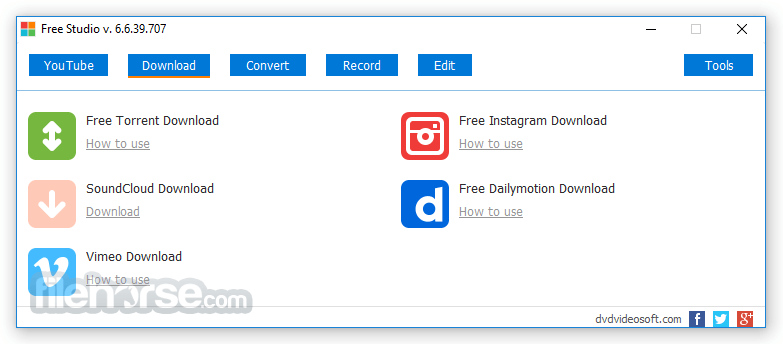

Once you’ve done that, you’ll see Developer options within Settings.


If you don’t see Developer options, you need to enable it by finding the build number for your device (usually found in About | Software information | More) and tapping Build number seven times. This is done from within Settings | Developer options. What you must do is enable USB debugging. Once you’ve installed both of these tools, you’ll need to set up your device to allow a connection between it and the Android SDK. Android Studio (which includes the Android SDK).The first thing you must do is install the following pieces of software: Let’s walk through the steps for this process. SEE: Download: Special Report: Cybersecurity in an IoT and mobile world (TechRepublic) With this powerhouse tool, you can easily create a complete backup of a device with a single command. If you want to do full-blown backup of devices, you must turn to the Android Software Developer Kit (SDK). For that, you need a bit more power than Titanium Backup or Google Drive. Sometimes, a backup of a smartphone or tablet just isn’t enough, especially if you have a number of (the same) devices that have to be quickly deployed (or redeployed). If you're looking for a way to do a full backup of your non-rooted Android device, Jack Wallen illustrates how to manage this process with the Android SDK. How to create a full backup of your Android device without root


 0 kommentar(er)
0 kommentar(er)
